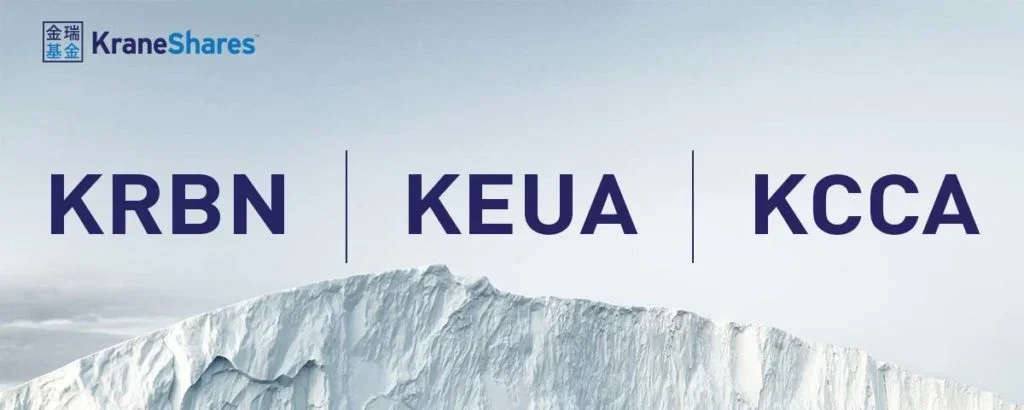Based on investor interest in KRBN (KraneShares Global Carbon ETF), the firm has launched two additional carbon allowances-focused ETFs.
“Through the phenomenal success of KRBN, we learned that many of our clients also want targeted exposure to the underlying markets,” said Luke Oliver, managing director and head of strategy at KraneShares.
“KEUA and KCCA provide access to the component carbon allowance markets at various stages of their growth cycle. With these new ETFs, investors can take a customizable precision-approach to invest in carbon markets.”
The KraneShares European Carbon Allowance ETF (KEUA) and the KraneShares California Carbon Allowance ETF (KCCA) are the new funds.
KEUA – Provides exposure to the European Union Allowances cap-and-trade carbon allowance program solely, and is actively managed with a 0.79% expense ratio.
The benchmark for the fund is the IHS Markit Carbon EUA Index, which follows the most-traded EUA futures contracts in the market, which is the oldest and most liquid for carbon allowances.
The market presently covers around 40% of all EU emissions, covering 27 member states as well as Norway, Iceland, and Liechtenstein. In an effort to reach long-term carbon emission targets, the yearly cap reduction was recently boosted from 2.2% to 4.2%.
KCCA– Provides exposure to the California Carbon Allowances cap-and-trade carbon allowance scheme solely, and is actively managed with a 0.79% expense ratio.
The fund’s benchmark is the HIS Markit Carbon CCA Index, which measures the most actively traded CCA futures contracts in a market that covers around 80% of California’s greenhouse gas emissions and has also covered Quebec’s emissions since its expansion in 2014.
The cap is now set to drop by 4% each year in order to achieve future carbon emission targets, and it has a built-in floor price that increases by 5% per year, plus an inflation adjustment.
Both funds may invest in carbon credit futures with different maturity dates than the index, or they may weight futures differently than the index. The fund may trade in CTFC-regulated futures and swaps beyond the CFTC 4.5 limit and is thus classified as a “commodity pool.”
Many countries and regions have implemented carbon-cap-and-trade programs, which limit how much carbon an individual firm can produce before needing to acquire allowances to offset extra emissions.
KraneShares presently invests in markets that have cap-and-trade schemes tied to emissions limits imposed by the Paris Agreement.
By establishing such programs, investors and markets can collaborate to put pressure on corporations to reduce emissions when exceeding the emissions limit becomes increasingly expensive.
Both funds join the increasing array of carbon allowance-focused ETFs, which includes the KRBN, which presently invests in the EU and North American markets, whereas the two new funds will each target a single market.

